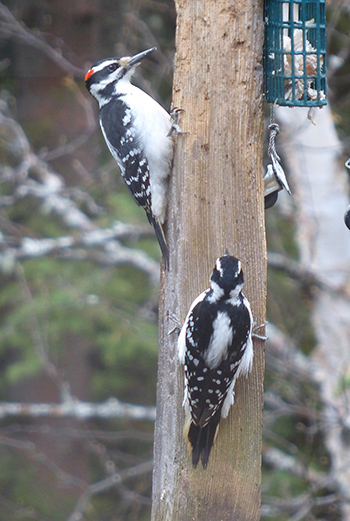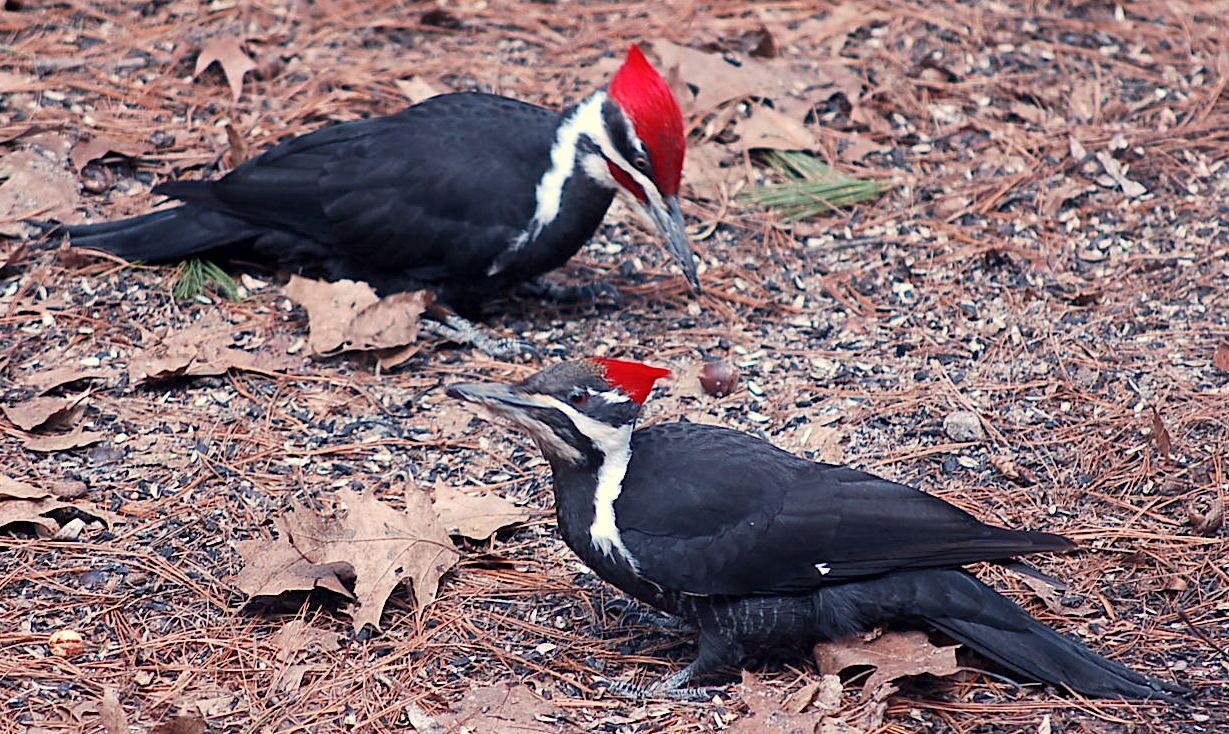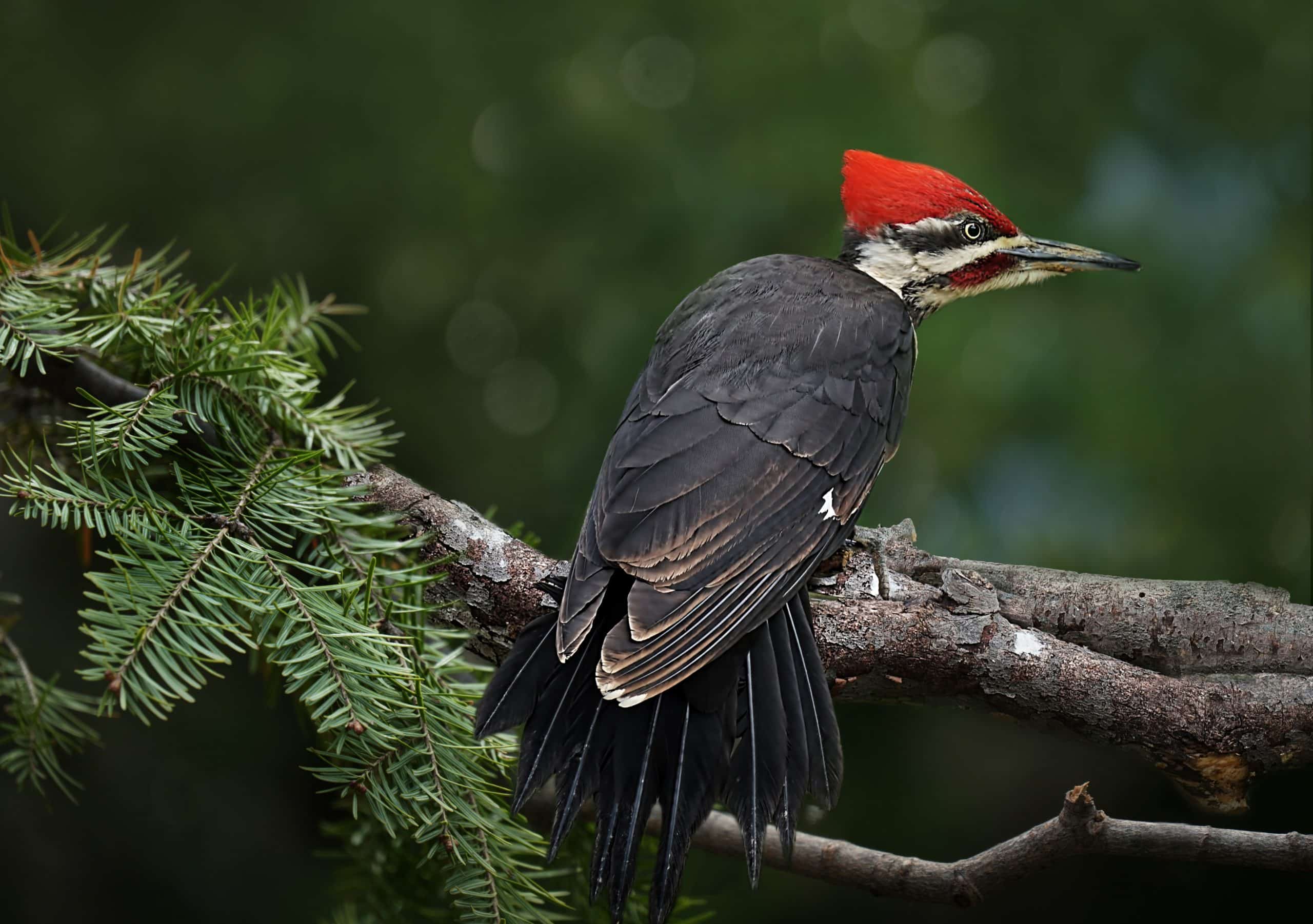Discovering Woodpeckers in Florida Habitats: Where to Identify These Birds
Wiki Article
Discover the Remarkable Globe of Woodpeckers: Whatever You Required to Know
The world of woodpeckers is a realm loaded with one-of-a-kind habits, complex adaptations, and a diverse selection of varieties. From their habitats and distribution patterns to their feeding habits and specialized anatomical functions, woodpeckers have long captivated the rate of interest of ornithologists and nature fanatics alike. Comprehending the details of these remarkable birds gives a glance into the complex interplay in between their biology and the setting. As we check out the world of woodpeckers additionally, we reveal a wide range of details that loses light on their significance in communities and the obstacles they face in an ever-changing world.Woodpecker Habitats and Circulation
In North America, for instance, woodpeckers can be identified in both coniferous and deciduous forests, using their solid beaks to forage for pests and create nesting cavities in trees. In Africa, specific woodpecker types have actually adjusted to dry settings, such as the acacia timberlands, where they play a critical role in regulating insect populations.
Feeding Behaviors and Diet Regimen
Woodpeckers utilize their solid beaks to drill right into the bark of trees, probing for insects and larvae hidden beneath the surface area. In enhancement to pests, woodpeckers likewise take in nuts, seeds, fruits, and sap.Woodpeckers are understood for their drumming habits, which serves not only to interact with various other woodpeckers but also to locate food. The quick drumming sound is created by the bird pecking on resonant surfaces like dead trees or steel posts. This habits can attract insects concealed in the wood, enabling the woodpecker to identify their visibility and eat them.
Distinct Adaptations for Tree Climbing
In their experienced pursuit of bugs hidden within tree bark, woodpeckers have actually advanced amazing physiological attributes that outfit them with distinct adjustments for effective tree climbing. Woodpeckers have my link strong neck muscles and a special head framework that absorb the influence of constant pecking, allowing them to climb up up and down without creating damage to their brains. These adaptations showcase the amazing transformative design that makes it possible for woodpeckers to browse trees with accuracy and performance.Diverse Woodpecker Variety Worldwide
With over 200 various species spread across numerous habitats worldwide, the family of Picidae encompasses a remarkable diversity of woodpeckers. These birds can be discovered in woodlands, timberlands, savannas, and also urban locations, showcasing their flexibility to different environments. From the famous Northern Flicker in The United States And Canada to the vivid and evasive Crimson-backed Flameback in Asia, each woodpecker types exhibits one-of-a-kind attributes in terms of quill, behavior, and environment preference.Woodpeckers vary substantially in dimension, with the petite Downy Woodpecker measuring around 6-7 inches in length, while the powerful Lineated Woodpecker can rise to 17 inches - Woodpeckers in Florida. Their beaks also can be found in different forms and dimensions, reflecting their feeding habits. Some types focus on extracting bugs from tree bark, like the Acorn Woodpecker, while others, such as the Black-cheeked Woodpecker, prey on fruits and seeds

Preservation Efforts and Difficulties
Preservation campaigns for woodpecker populations are crucial in mitigating the effect of environment loss and other hazards encountering these diverse avian varieties. Woodpeckers deal with different difficulties to their survival, mostly as a result of deforestation, urbanization, environment change, and intrusive varieties. To resolve these issues, conservation initiatives concentrate on safeguarding and restoring woodpecker environments, carrying out lasting forestry techniques, and raising understanding regarding the relevance of these birds in ecosystems.One substantial obstacle in additional info woodpecker conservation is the fragmentation of their environments, causing separated populaces that are more at risk to extinction - Woodpeckers in Florida. Conservationists work to create wild animals hallways and shielded areas that link these fragmented environments, enabling woodpeckers to relocate in between various areas for feeding, breeding, and sanctuary

Conclusion
In verdict, woodpeckers are fascinating birds with distinct adjustments for tree climbing and feeding habits. Additional research study and conservation actions are needed to make you could look here certain the survival of woodpeckers in the wild.Report this wiki page